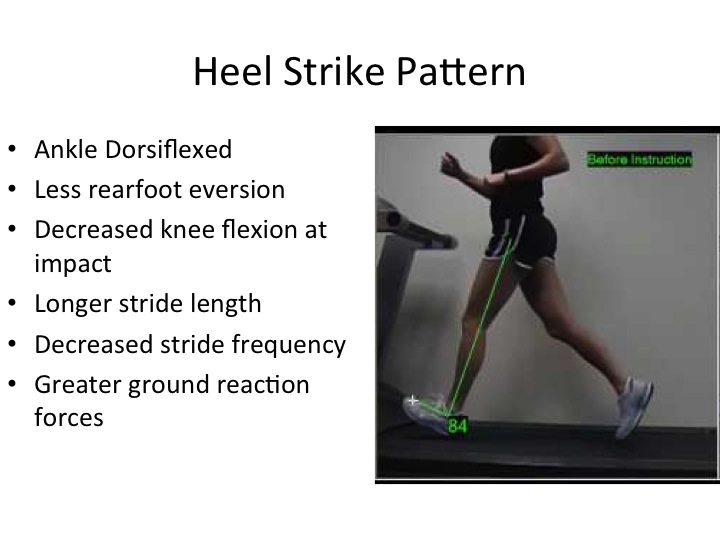The tibia is the largest bone in our lower leg and absorbs the majority of weight bearing stresses during running. The tibia’s anatomy and function make it the most commonly affected area for stress fractures/injuries in runners. These injuries account for up to half of all stress related injuries among runners (Hreljac et al. 2005). The greatest risk factors for future stress injuries to the lower leg are seen in females with a prior history of a stress fracture. Additional contributing factors include excessive activity with inadequate rest periods, female athlete triad (eating disorders, amenorrhea, and osteoporosis), and sudden increases in activity or training volume. Another important factor contributing to these injuries includes an athlete’s running biomechanics. Running is a very symmetrical sport and asymmetries in an athlete’s running gait can increase abnormal forces across the lower extremity.
Across all sports, participating in a high level of activity while fatigued leads to poor mechanics and increased injury risk. Runners who are fatigued from previous workouts or within a single workout are exposed to higher levels of mechanical stress across the lower body. A recent study in the journal Medicine and Science in Sports and Exercise examined the impact of fatigue on running mechanics and lower body forces (Clansey et al. 2013). Authors studied the biomechanics of 21 experienced distance runners both before and after a high intensity run to fatigue. As expected, the runner’s biomechanics changed for the worse in the fatigued state leading to increased forces across their legs. These abnormal forces have previously been associated with tibia stress fractures in runners.
Runners are advised to keep a close eye on their running volume to avoid training errors and poor mechanics associated with a fatigued musculoskeletal system. Runners should also consider working with a local Physical Therapist to analyze and correct their running gait for poor mechanics associated with injury.

